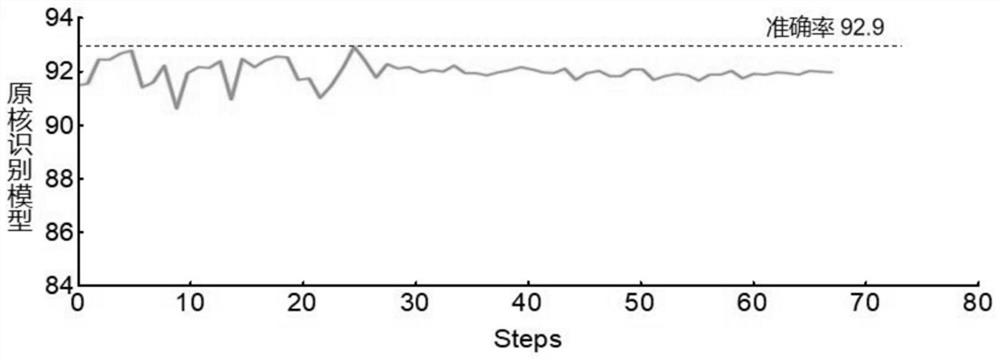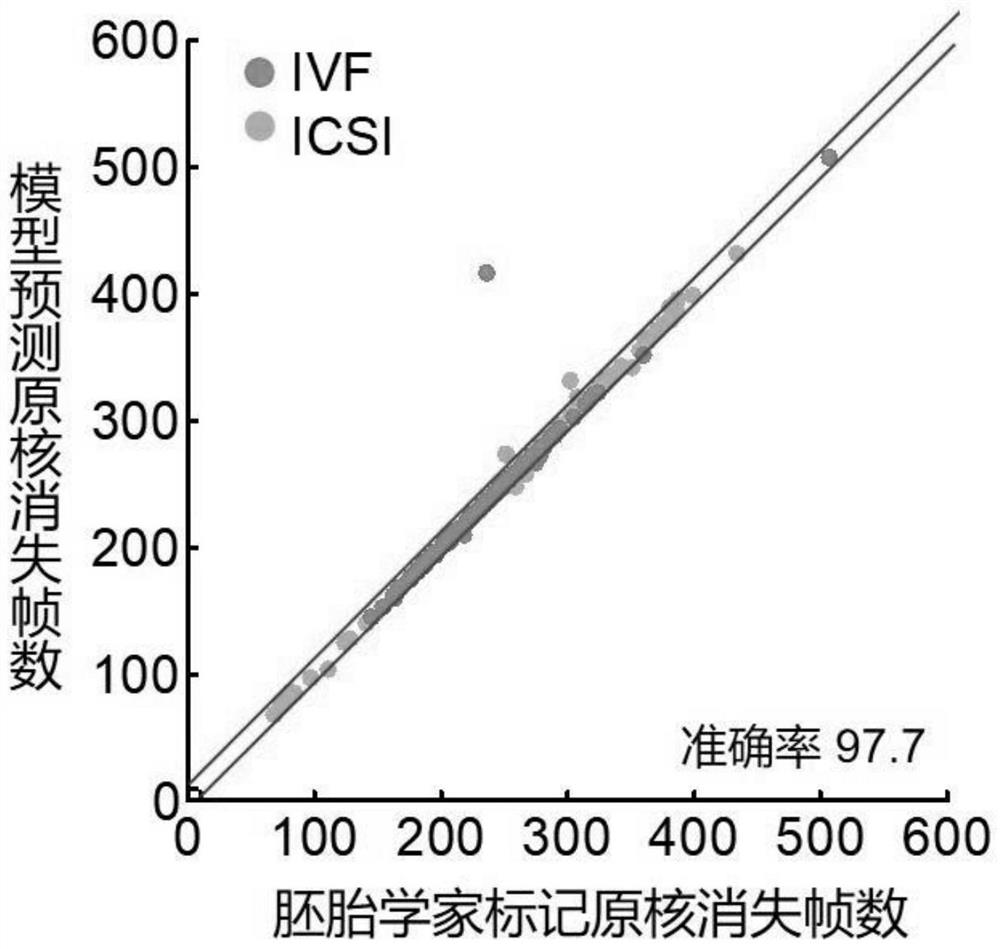System for predicting whether embryo can be capsulated or not based on time-delay camera system and deep learning algorithm
A camera system and deep learning technology, applied in the field of artificial intelligence learning and analyzing medical images, can solve the problems of data not having diagnostic value, not suitable for clinical use, and not showing the advantages of predicting blastocysts and embryo screening.
- Summary
- Abstract
- Description
- Claims
- Application Information
AI Technical Summary
Problems solved by technology
Method used
Image
Examples
Embodiment Construction
[0033] The implementation of the present invention will be described in detail below in conjunction with the examples of implementation, but they do not constitute a limitation of the present invention, and are only examples. At the same time, the advantages of the present invention will become clearer and easier to understand.
[0034] The system for predicting whether an embryo can form a cyst based on a time-lapse camera system and a deep learning algorithm of the present invention includes a single-multiple cell recognition module, a prokaryotic recognition module, a prokaryotic disappearance recognition module, a five-category cell recognition module, a time-domain prediction module, and an airspace prediction module , and the spatio-temporal prediction module (STEM);
[0035]The single and multi-cell identification module is used to identify single cells and multi-cells in the video of the time-lapse camera system; the single-multi-cell identification module utilizes the...
PUM
 Login to View More
Login to View More Abstract
Description
Claims
Application Information
 Login to View More
Login to View More - R&D
- Intellectual Property
- Life Sciences
- Materials
- Tech Scout
- Unparalleled Data Quality
- Higher Quality Content
- 60% Fewer Hallucinations
Browse by: Latest US Patents, China's latest patents, Technical Efficacy Thesaurus, Application Domain, Technology Topic, Popular Technical Reports.
© 2025 PatSnap. All rights reserved.Legal|Privacy policy|Modern Slavery Act Transparency Statement|Sitemap|About US| Contact US: help@patsnap.com



